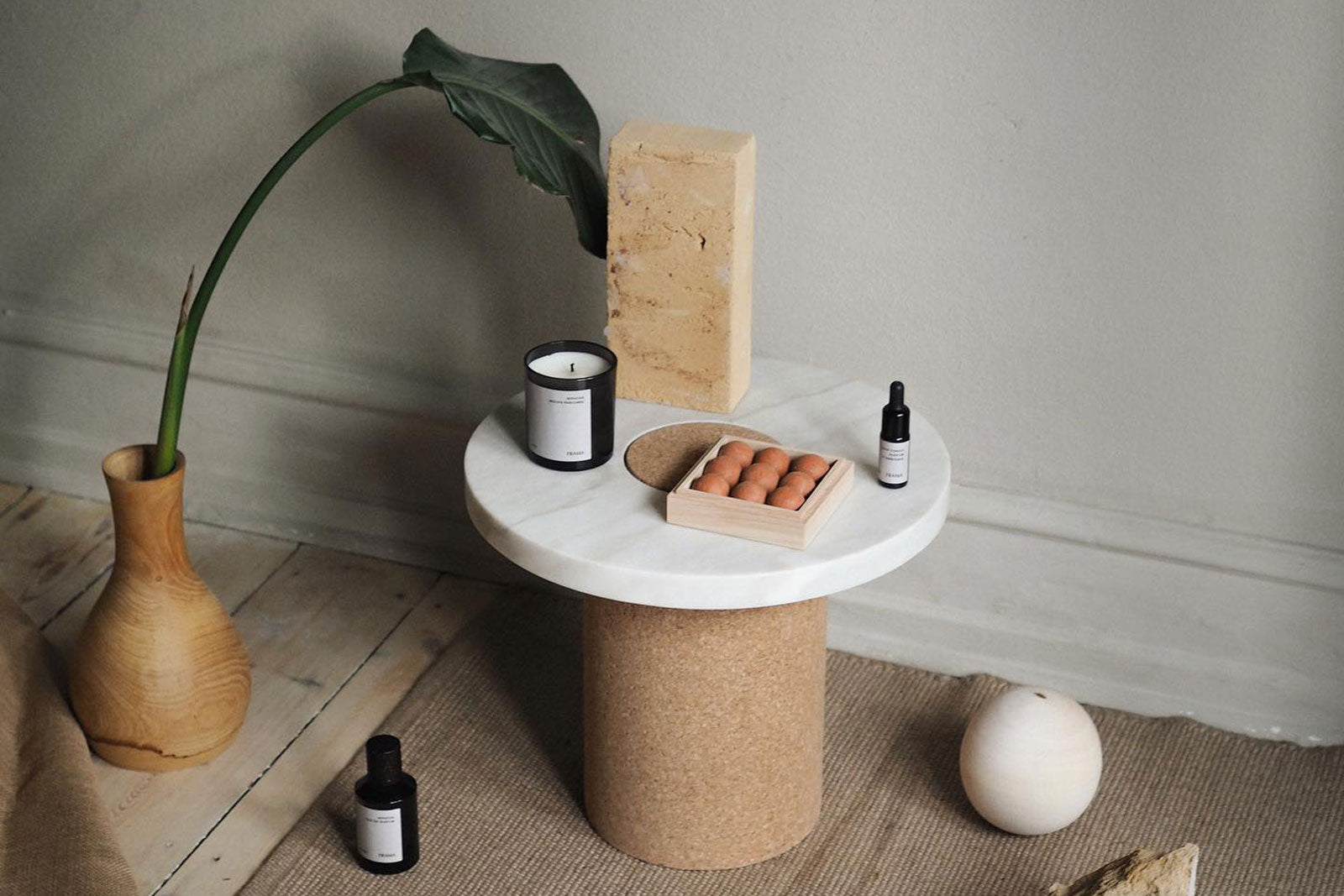Due to holiday closure, orders placed between December 22 - January 2 will not ship until January 5.
Due to holiday closure, orders placed between December 22 - January 2 will not ship until January 5.
Add description, images, menus and links to your mega menu
A column with no settings can be used as a spacer
Link to your collections, sales and even external links
Add up to five columns
Add description, images, menus and links to your mega menu
A column with no settings can be used as a spacer
Link to your collections, sales and even external links
Add up to five columns

Aromatherapy, hokum or holy grail? - What Smells Series, Part Two
April 09, 2020 2 min read
The power of scent as a holistic healing method or medicinal alternative has been highly debated for over a century. There’s been no lack of studies focusing on a myriad of conditions from depression to diabetes, aromatherapy vs. pharmaceutics. The results have shown that though Aromatherapy has not been proven conclusively to cure diseases, it has its place. And the extent of its usage is only beginning to be understood.
Aromatherapy can be clearly defined as:
the usage of aromatic materials, including essential oils, and other aroma compounds, with claims for improving psychological or physical well-being.
Scent is believed to be the closest linked sense to memory. The mildest of aromas can conjure up memories from our childhood or past. Some we may not even remember in the slightest, but the emotions felt in connection with the scent make an imprint. Just a hint and those feelings come rushing back - both good and bad. This works by smell receptors in the nose sending messages through the nervous system to the limbic system - the part of the brain which controls emotions.
If the smell of cedar trees brings happy warm memories back from childhood - why can’t another smell promote mental health? Which only lends to promote healing.
In times like these when a doctor's visit is few and far between, and our mental health is a great priority, don’t overlook aromatherapy as an affordable and attainable option to better your sense of well-being.
Benefits of Aromatherapy include:
- Stimulates energy.
- Relief from stress, anxiety, and depression.
- Pain management.
- Improved quality of life, particularly for people with chronic health conditions.
- Improved sleep quality.
- A treatment for headaches and migraines.
- Soothes sore joints.
Aromatherapy can be done using multiple different types of techniques, by inhalation or topical application. Here are a few of our favourites:
- Burn a candle or light incense.
- Run yourself a warm bath.
- Add in the bath salts or oils of your choosing. Our favourite scents for a bath include rose, chamomile, and lavender.
- Give yourself a foot rub (or get one from your partner!)
- The soles of your feet are key absorption points, and have some of the largest pores on your body. This allows the essentials oils to go to work quickly and effectively. Doesn’t feel too bad either!
- Start a diffuser.
- Whether a reed diffuser or evaporative diffuser, it’s a great way of allowing a scent to constantly wash over a specific location of your home continuously.
- A spa night at home.
- Create a warm or cold compress. Add a few drops into a warm or cold bowl of water, and absorb the contents with a cloth. Place it over your eyes, feet, or perhaps a sore muscle. A perfect add on to a quiet night, with a good book in hand.
Be sure you’re not allergic, use essential oils as directed, and if in doubt - consult your doctor.
You might be an avid user, or new to aromatherapy. Regardless, we’re now presented with a new opportunity to try new techniques, and be creative.
Let us know your aromatherapy application techniques or oil combinations @slocation!



